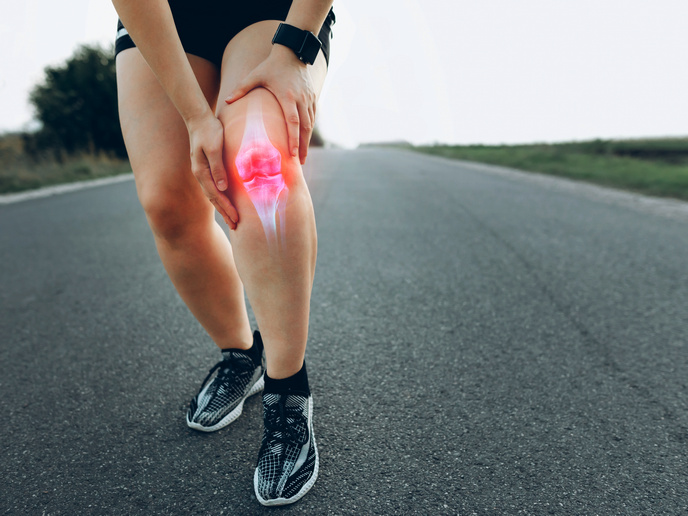Multimodal nanocarriers for drug delivery
Nanocarriers for drug delivery have emerged as powerful tools that boast specificity, reduced side-effects and improved efficiency. The loading of hydrophobic drugs into nanoparticles also improves their pharmacokinetics, while the incorporation of surface ligands helps make targeted delivery easier. The surface modification of the physicochemical features of nanocarriers also ensures that they can circulate for prolonged periods. The scope of the EU-funded BIONANOMUTT (Multi-compartmental biomolecular nanocarriers for multi-modal targeted therapies) project was to develop multifunctional, self-assembled nanoparticle structures for biomedical drug delivery applications. Therefore, scientists generated drugs of poor water solubility and encapsulated them into lipid bilayer nanodisc particles. Overall, they investigated 12 different drugs. Researchers discovered a correlation between the ability of drugs to soften the lipid bilayer membrane and their drug loading efficiency in nanodisc systems. For efficient drug release, scientists modified the lipid composition of the nanodiscs while uptake by cells was monitored through enzymatic labelling of the scaffold protein. Additionally, the consortium generated liposome-based structures with a DNA-mediated adhesion capacity. The stealth properties of these particles could be enhanced further by functionalisation with polymer-functionalised lipids. Furthermore, the inclusion of pH-responsive motifs allowed the disassembly of DNA-linked vesicles via pH alteration. From a translational perspective, the scientific team screened and characterised specific binding reagents for known tumour biomarkers, including FGFR1 and FGFR3 in bladder cancer. These reagents exhibited binding affinities in the nanomolar range and could be taken up by cells expressing the receptors, validating the specificity of the approach. Taken together, the BIONANOMUTT nanocarriers look set to advance current medical treatments and have a significant impact on the socioeconomic status of the European population.







